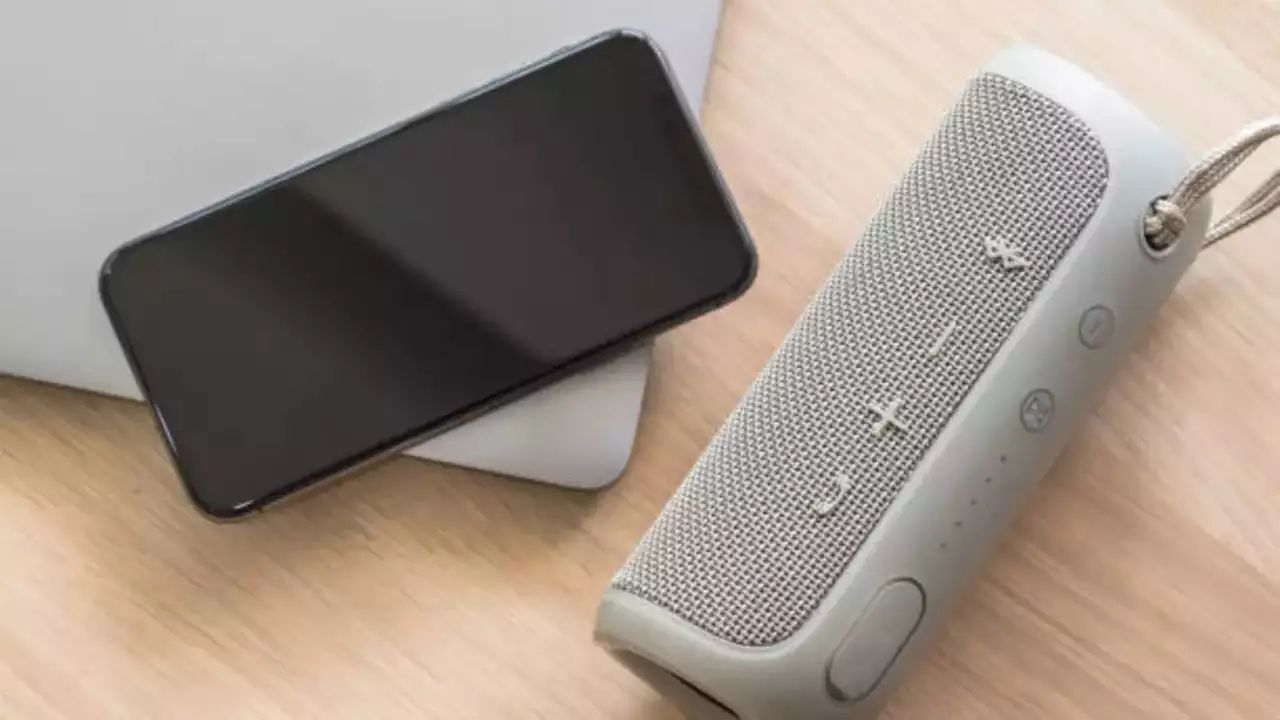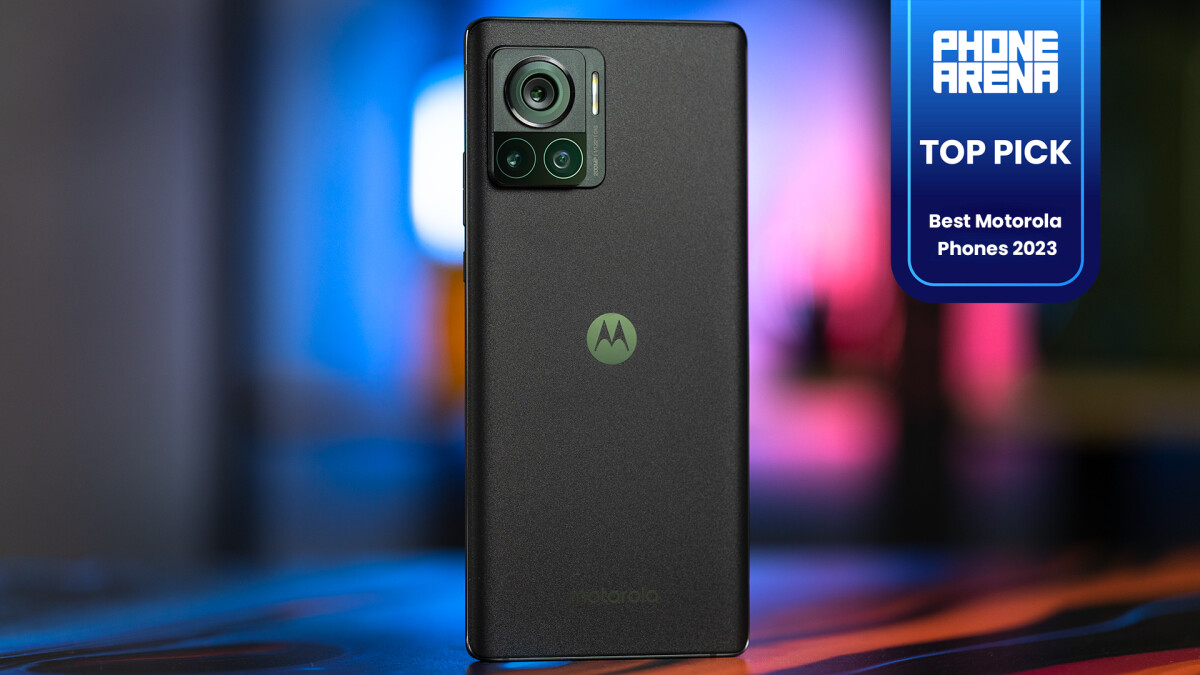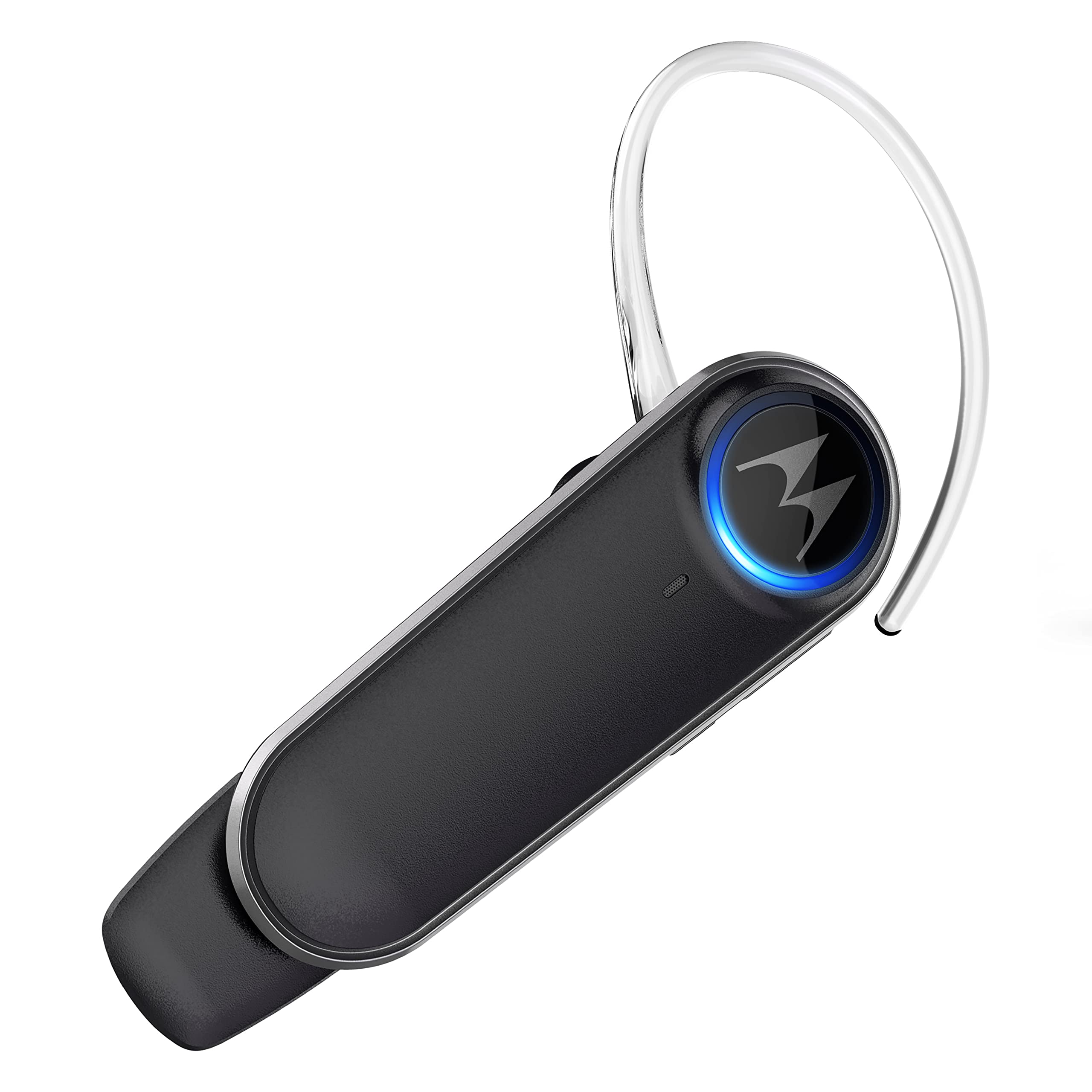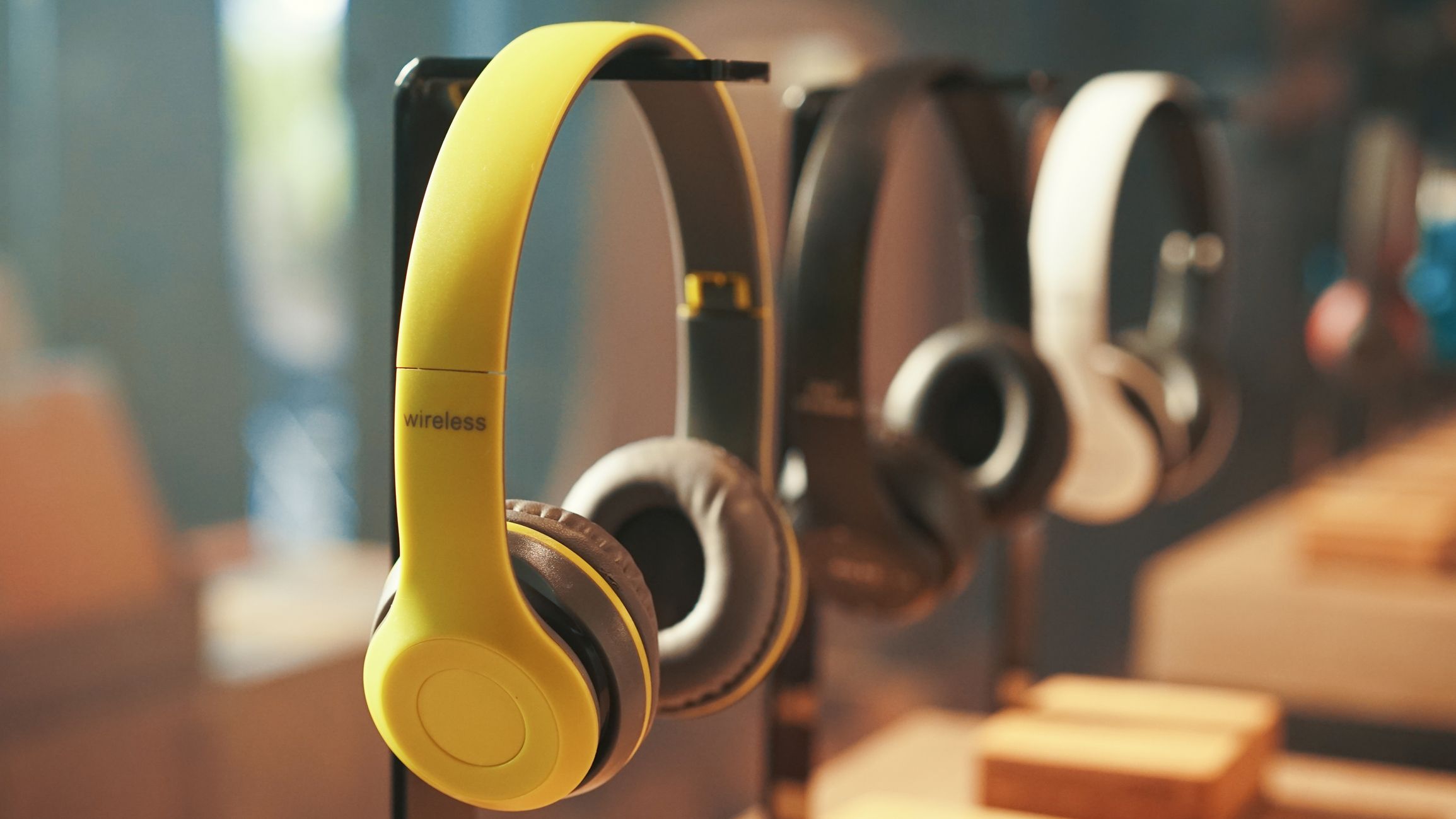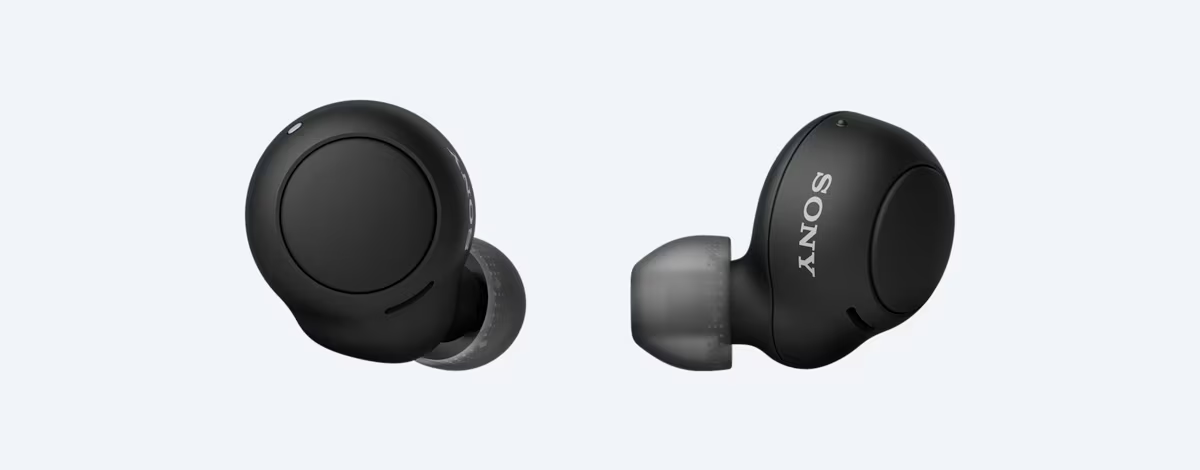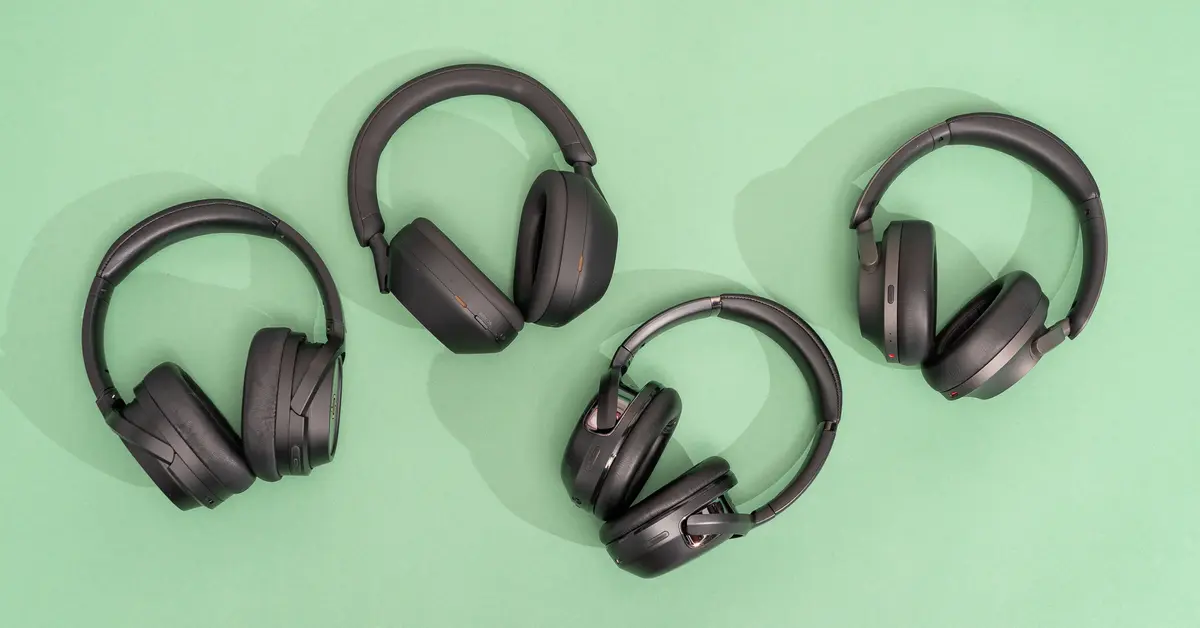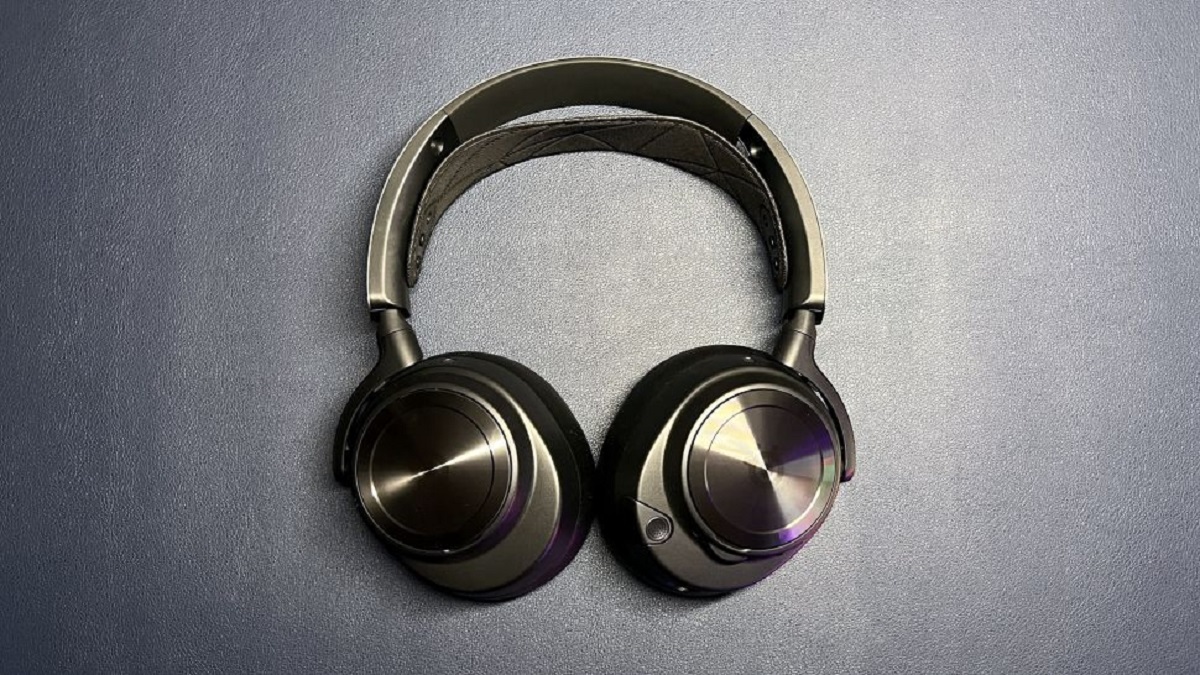Introduction
Welcome to the world of multipoint Bluetooth, a feature that has revolutionized the way we connect and communicate wirelessly. Bluetooth technology has become an integral part of our daily lives, allowing us to connect various devices seamlessly and effortlessly. From hands-free calling to wireless audio streaming, Bluetooth has made our lives more convenient and enjoyable.
While most of us are familiar with the concept of Bluetooth, multipoint Bluetooth is a lesser-known feature that offers even more versatility and functionality. Multipoint Bluetooth allows a single Bluetooth-enabled device to connect to multiple devices simultaneously. It means you can stay connected to your smartphone, tablet, and computer all at once without the need for constant pairing and unpairing.
Multipoint Bluetooth is particularly useful in scenarios where you need to switch between devices frequently. For example, imagine you are working on your computer and receive a call on your smartphone. With multipoint Bluetooth, you can seamlessly switch the audio from your computer to your smartphone without interrupting your workflow. This eliminates the hassle of manually disconnecting and reconnecting devices every time you want to switch.
As technology continues to advance, more devices are becoming Bluetooth enabled. From headphones and speakers to smartwatches and car infotainment systems, the application of Bluetooth is vast and ever-expanding. With multipoint Bluetooth, the possibilities are even more exciting, as it allows for seamless connectivity and communication between multiple devices.
In this article, we will explore the fascinating world of multipoint Bluetooth, discussing its definition, how it works, its advantages, applications, and more. Whether you are a tech enthusiast or just curious about the latest advancements in Bluetooth technology, this article will provide you with a comprehensive understanding of multipoint Bluetooth and its diverse range of applications.
Definition of Multipoint Bluetooth
Multipoint Bluetooth refers to a feature that allows a Bluetooth-enabled device to connect to multiple devices simultaneously. In traditional Bluetooth connections, a device can only be paired with one other device at a time. However, with multipoint Bluetooth, a device can establish connections with multiple devices, enabling seamless communication and data transfer between them.
When using multipoint Bluetooth, a primary device acts as a central hub, while the secondary devices connect to it. The primary device can be a smartphone, tablet, or computer, while the secondary devices can include headphones, speakers, smartwatches, or any other Bluetooth-enabled device. These secondary devices are often referred to as “slaves” or “peripherals” in the context of multipoint Bluetooth.
The primary device, acting as the central hub, manages the connections and relays audio, data, or commands between the secondary devices. This allows users to switch between devices seamlessly without the need for constant pairing and unpairing.
One essential aspect of multipoint Bluetooth is that the primary device needs to support this feature. This means that not all Bluetooth-enabled devices can act as a primary device for multipoint connections. It is important to check the specifications and capabilities of a device before assuming it supports multipoint Bluetooth.
Multipoint Bluetooth is commonly used in scenarios where users want to connect and use multiple devices simultaneously. For example, a user might want to connect their smartphone to both a smartwatch for notifications and a car’s infotainment system for hands-free calling and audio streaming. With multipoint Bluetooth, these connections can be established simultaneously, allowing for a seamless and convenient user experience.
Overall, multipoint Bluetooth is a feature that expands the capabilities of Bluetooth technology. It provides users with the convenience of simultaneously connecting and using multiple devices, enhancing productivity, convenience, and enjoyment in various applications.
How Does Multipoint Bluetooth Work?
To understand how multipoint Bluetooth works, it is important to have a basic understanding of how traditional Bluetooth connections function. In a standard Bluetooth connection, a device pairs with another device using a unique passkey or PIN. Once paired, the devices establish a secure connection allowing for communication and data transfer.
In multipoint Bluetooth, the process is similar, but with the added capability of connecting multiple devices simultaneously. The primary device, such as a smartphone or computer, takes on the role of the central hub, while the secondary devices, also known as peripherals, connect to it.
When the primary device establishes a connection with a secondary device, it assigns a specific channel for communication. This channel allows for the transfer of audio, data, or commands between the primary and secondary devices.
The primary device manages these connections and ensures that audio and data are properly routed between the devices. For example, if you are listening to music on your smartphone and receive a call on your paired smartwatch, the primary device will automatically switch the audio from the smartphone to the smartwatch.
Switching between devices is seamless, thanks to multipoint Bluetooth. When the primary device detects a new incoming connection request from a secondary device, it intelligently manages the existing connections and allocates resources to accommodate the new connection. This allows users to switch between devices quickly without any disruption.
It is important to note that not all Bluetooth devices support multipoint connections. Both the primary device and the secondary device need to have multipoint Bluetooth capabilities for this feature to work. Therefore, it is essential to check the specifications and compatibility of devices before assuming they support multipoint Bluetooth.
Overall, multipoint Bluetooth offers a convenient and versatile way of connecting and using multiple devices simultaneously. It simplifies the process of managing Bluetooth connections and ensures a seamless user experience across different devices.
Advantages of Multipoint Bluetooth
Multipoint Bluetooth brings a host of advantages that enhance the user experience and provide added convenience in various scenarios. Let’s explore some of the key advantages of using multipoint Bluetooth:
- Seamless Device Switching: One of the primary advantages of multipoint Bluetooth is the ability to seamlessly switch between devices. Whether you’re working on your computer and receive a call on your smartphone or want to switch audio playback from your tablet to your headphones, multipoint Bluetooth allows you to switch connections effortlessly without the need for manual pairing and unpairing.
- Multi-Device Connectivity: Multipoint Bluetooth enables users to connect and use multiple devices simultaneously. With a single primary device, such as a smartphone, you can connect and manage connections with multiple peripherals, such as headphones, speakers, smartwatches, and more. This versatility allows for a more flexible and efficient workflow.
- Enhanced Productivity: By enabling users to connect multiple devices simultaneously, multipoint Bluetooth enhances productivity. It allows users to manage different tasks across different devices without interrupting their workflow. For example, you can seamlessly switch between taking a call on your smartphone, listening to music from your computer, and receiving notifications on your smartwatch, all while staying connected and productive.
- Convenient Hands-free Calling: Multipoint Bluetooth is particularly advantageous for hands-free calling. With the ability to connect your smartphone to multiple Bluetooth peripherals, such as car audio systems and headphones, you can easily answer or make calls without the need for physical connections or holding your phone.
- Enhanced Audio Experience: Multipoint Bluetooth enables a more immersive audio experience. Users can stream audio from their primary device, such as a smartphone or computer, to multiple Bluetooth speakers or headphones simultaneously. This is ideal for creating a surround sound effect or playing music in different rooms without the need for additional cables or complex setups.
- Flexibility in Device Usage: Multipoint Bluetooth offers flexibility in device usage. For example, if you have a favorite pair of Bluetooth headphones that you use with your smartphone, you can also easily connect them to your tablet or computer without the hassle of re-pairing. This allows you to enjoy a consistent audio experience across different devices.
In summary, multipoint Bluetooth provides a range of advantages, including seamless device switching, multi-device connectivity, enhanced productivity, convenient hands-free calling, an improved audio experience, and flexibility in device usage. These advantages make multipoint Bluetooth a valuable feature for users seeking to connect and use multiple devices simultaneously in a convenient and efficient manner.
Applications of Multipoint Bluetooth
Multipoint Bluetooth has a wide range of applications across various industries and everyday scenarios. Let’s explore some of the key applications where multipoint Bluetooth is particularly useful:
- Hands-free Communication in Vehicles: Multipoint Bluetooth is commonly used in car infotainment systems to provide hands-free calling and audio streaming capabilities. Users can connect their smartphones to the car’s Bluetooth system and seamlessly switch between taking calls and listening to music without distractions or compromising safety.
- Multi-Device Audio Streaming: Multipoint Bluetooth is an excellent feature for audio enthusiasts who want to create a synchronized audio experience across multiple speakers or headphones. Users can connect their primary device, such as a smartphone, to multiple Bluetooth speakers or headphones and enjoy synchronized audio playback.
- Workplace Efficiency: In work environments, such as offices or conference rooms, multipoint Bluetooth allows for seamless connectivity and communication across multiple devices. Users can connect their laptops, smartphones, and other Bluetooth-enabled devices to peripherals like headphones, speakers, and conference room systems, enabling efficient collaboration and productivity.
- Smart Home Integration: Multipoint Bluetooth is also useful in smart home setups, allowing users to control and communicate with multiple smart devices simultaneously. For example, users can connect their smartphones to speakers, lights, thermostats, and other smart devices throughout their home, enabling convenient control and automation.
- Fitness Tracking: Many fitness enthusiasts use multipoint Bluetooth to connect their smartphones or smartwatches to various fitness devices. They can track their activities, such as heart rate monitoring or step counting, while simultaneously enjoying music through Bluetooth headphones.
- Gaming: Multipoint Bluetooth enhances the gaming experience by allowing players to connect multiple peripherals to their gaming consoles or computers. Gamers can use Bluetooth headsets, controllers, and speakers simultaneously for an immersive and customizable gaming experience.
These applications are just a few examples of how multipoint Bluetooth is used in different industries and everyday scenarios. The flexibility and convenience offered by multipoint Bluetooth make it an invaluable feature for connecting and utilizing multiple devices simultaneously in a seamless and efficient manner.
Comparison of Multipoint Bluetooth with Single Point Bluetooth
To understand the advantages and differences of multipoint Bluetooth, it is important to compare it with single point Bluetooth, the traditional form of Bluetooth connection. Here are some key points of comparison between the two:
- Device Connectivity: One of the primary differences between multipoint Bluetooth and single point Bluetooth is the number of devices that can be connected simultaneously. Single point Bluetooth allows for a one-to-one connection, meaning a device can only be paired with a single device at a time. In contrast, multipoint Bluetooth enables a one-to-many connection, allowing a single primary device to be connected to multiple peripherals simultaneously.
- Seamless Device Switching: Multipoint Bluetooth offers the advantage of seamless device switching. With this feature, users can easily switch audio playback or communication between devices without the need for manual pairing and unpairing. Single point Bluetooth, on the other hand, requires users to disconnect and pair with a new device every time they want to switch.
- Productivity and Convenience: Multipoint Bluetooth enhances productivity and convenience by allowing users to stay connected to multiple devices simultaneously. This enables users to manage different tasks across various devices without interruption. Single point Bluetooth, while efficient for connecting a single device, may not offer the same level of convenience and flexibility in managing multiple devices.
- Device Compatibility: Compatibility is an important consideration when comparing multipoint Bluetooth and single point Bluetooth. Not all devices support multipoint Bluetooth connections, meaning that both the primary and secondary devices need to have multipoint Bluetooth capabilities for this feature to work. In contrast, single point Bluetooth is widely supported by most Bluetooth-enabled devices.
- Audio Experience: The audio experience can differ between multipoint Bluetooth and single point Bluetooth. With multipoint Bluetooth, users can stream audio from a primary device to multiple peripherals simultaneously, creating a synchronized audio output or allowing for audio distribution in different areas. Single point Bluetooth typically supports audio output to only one paired device at a time.
- Application Compatibility: When considering compatibility with specific applications, it’s important to note that some apps or devices might not support multipoint Bluetooth connections. While single point Bluetooth is generally compatible with most applications and devices, multipoint Bluetooth may require additional configuration or compatibility checks.
In summary, multipoint Bluetooth offers the advantage of connecting and using multiple devices simultaneously, with seamless device switching and enhanced productivity. Single point Bluetooth, on the other hand, provides a straightforward one-to-one connection, which is commonly supported and more widely compatible. The choice between the two depends on the specific needs and preferences of the user and the desired level of device connectivity and convenience.
Challenges and Considerations of Using Multipoint Bluetooth
While multipoint Bluetooth offers numerous benefits, there are also some challenges and considerations to keep in mind when using this technology. Here are a few important factors to consider:
- Device Compatibility: Not all devices support multipoint Bluetooth connections. It is crucial to ensure that both the primary device and secondary devices have the necessary capabilities and compatibility for multipoint Bluetooth. Before attempting to establish a multipoint connection, it is recommended to check the device specifications and ensure compatibility.
- Signal Interference: Multipoint Bluetooth connections can be susceptible to signal interference, especially when multiple devices are connected simultaneously. The presence of nearby wireless devices or physical barriers may weaken the Bluetooth signal and impact the quality of the connection. To mitigate this challenge, it is advisable to keep the devices close to each other and avoid obstructions that may hinder the signal strength.
- Battery Consumption: Multipoint Bluetooth connections may consume more power compared to single point Bluetooth connections. Multiple connections and data transfers require additional energy, which can result in faster battery drain. Users should be mindful of their device’s battery consumption and consider charging or having a backup power source available when using multipoint Bluetooth extensively.
- Audio Delay: When using multipoint Bluetooth for audio streaming across multiple devices, there may be a slight delay or latency between the primary device and secondary devices. This delay can vary depending on the devices involved and the distance between them. It is important to be aware of this potential audio delay, especially in scenarios where precise synchronization is critical, such as in professional audio setups or gaming environments.
- Complexity of Connection Management: Managing multiple connected devices can be more complex with multipoint Bluetooth. Users need to be familiar with the proper steps to connect and switch between devices seamlessly. It may require navigating through device settings or using dedicated apps or software. Users should familiarize themselves with the specific procedures and features of their devices to ensure smooth and efficient connection management.
These challenges and considerations should not discourage the use of multipoint Bluetooth but rather serve as helpful information to optimize the experience. With proper awareness and understanding, users can overcome and navigate these challenges to enjoy the benefits of versatile connectivity and convenience offered by multipoint Bluetooth.
Conclusion
Multipoint Bluetooth is a remarkable feature that enhances the capabilities of Bluetooth technology. It allows users to connect and use multiple devices simultaneously, enabling seamless communication and data transfer. With multipoint Bluetooth, users can easily switch between devices, manage multiple tasks, and enjoy a more convenient and efficient user experience.
The advantages of multipoint Bluetooth are numerous. It offers seamless device switching, allowing users to effortlessly switch audio playback or communication between devices without the need for manual pairing and unpairing. Multipoint Bluetooth also enhances productivity by enabling users to stay connected to multiple devices simultaneously, allowing for efficient multitasking and collaboration.
The applications of multipoint Bluetooth are diverse and wide-ranging. It finds use in various industries, including automotive, smart home integration, fitness tracking, and gaming, among others. It enables hands-free calling in vehicles, multi-device audio streaming, workplace efficiency, and smart home automation, to name just a few.
However, there are certain challenges and considerations to keep in mind when using multipoint Bluetooth. These include device compatibility, signal interference, battery consumption, audio delay, and the complexity of connection management. Understanding and addressing these challenges can help users optimize their multipoint Bluetooth experience.
In conclusion, multipoint Bluetooth is a powerful feature that extends the connectivity and functionality of Bluetooth technology. It provides users with the convenience of connecting and utilizing multiple devices simultaneously, enhancing productivity, convenience, and enjoyment in various applications. As technology continues to evolve, multipoint Bluetooth will likely play an increasingly significant role in our interconnected world.







